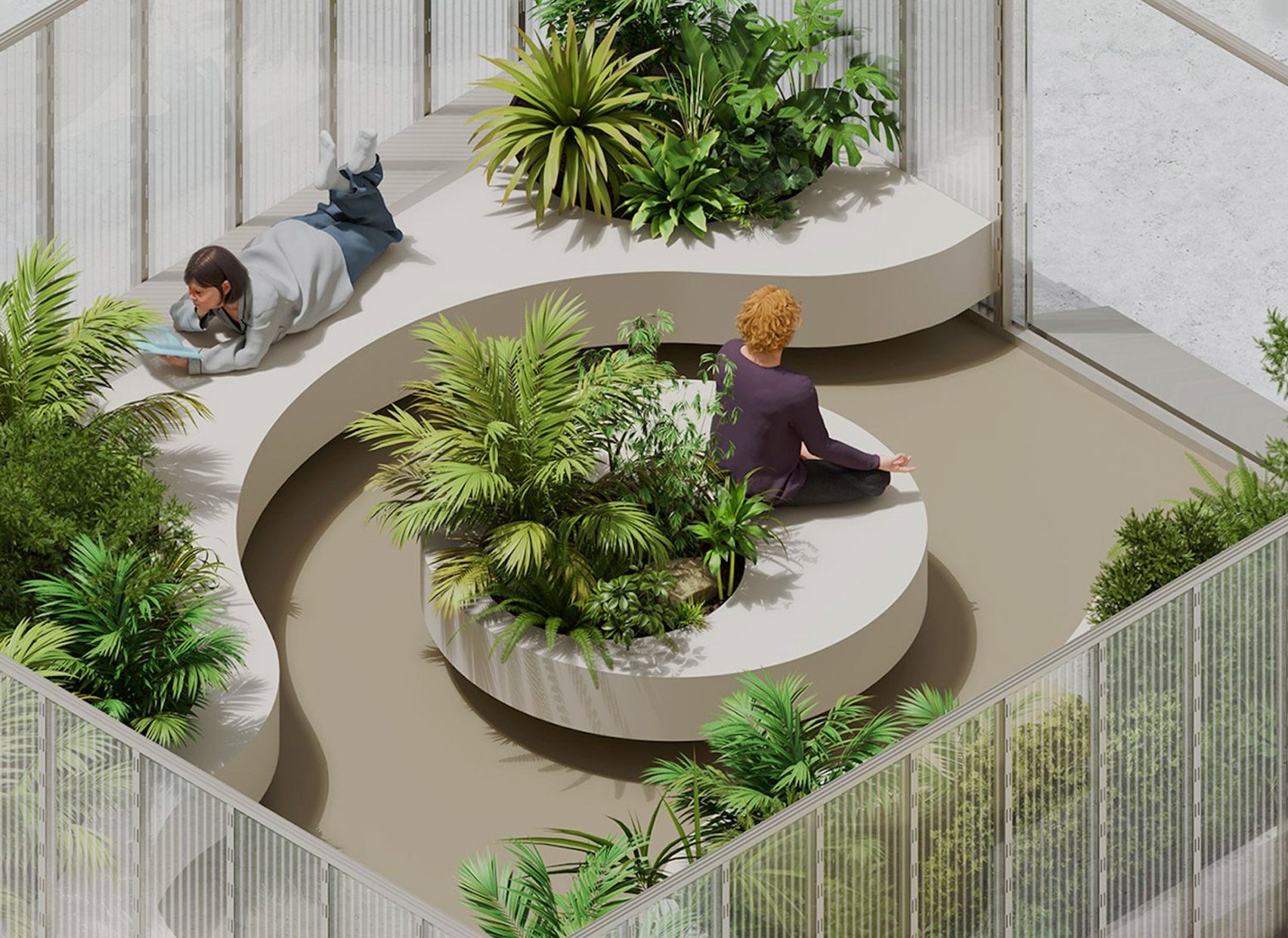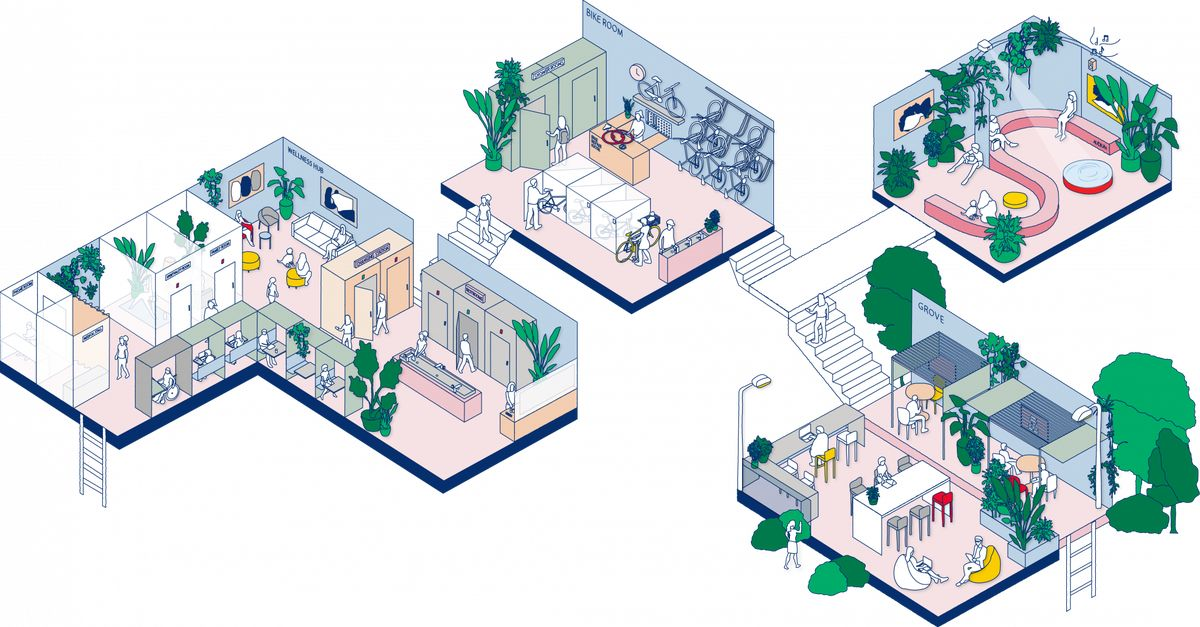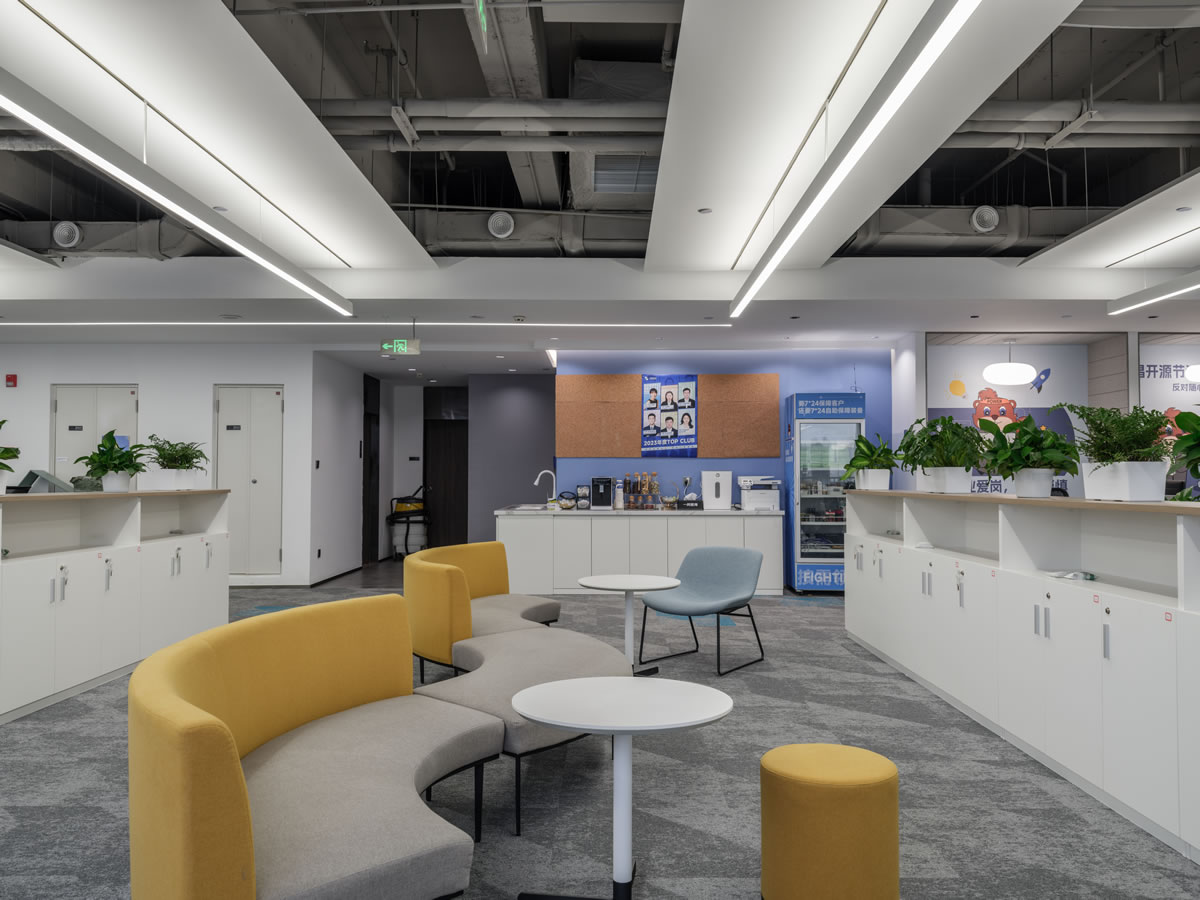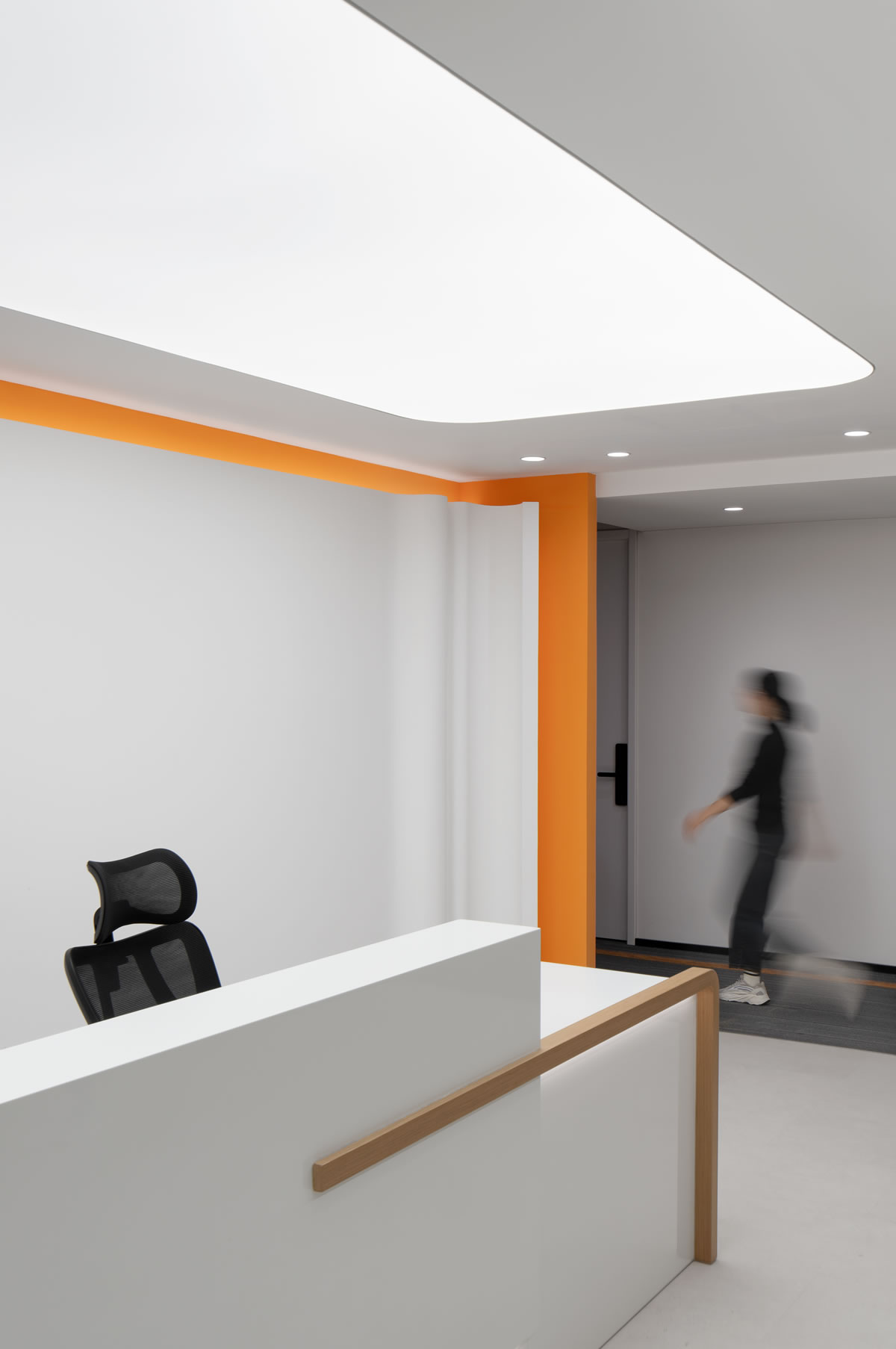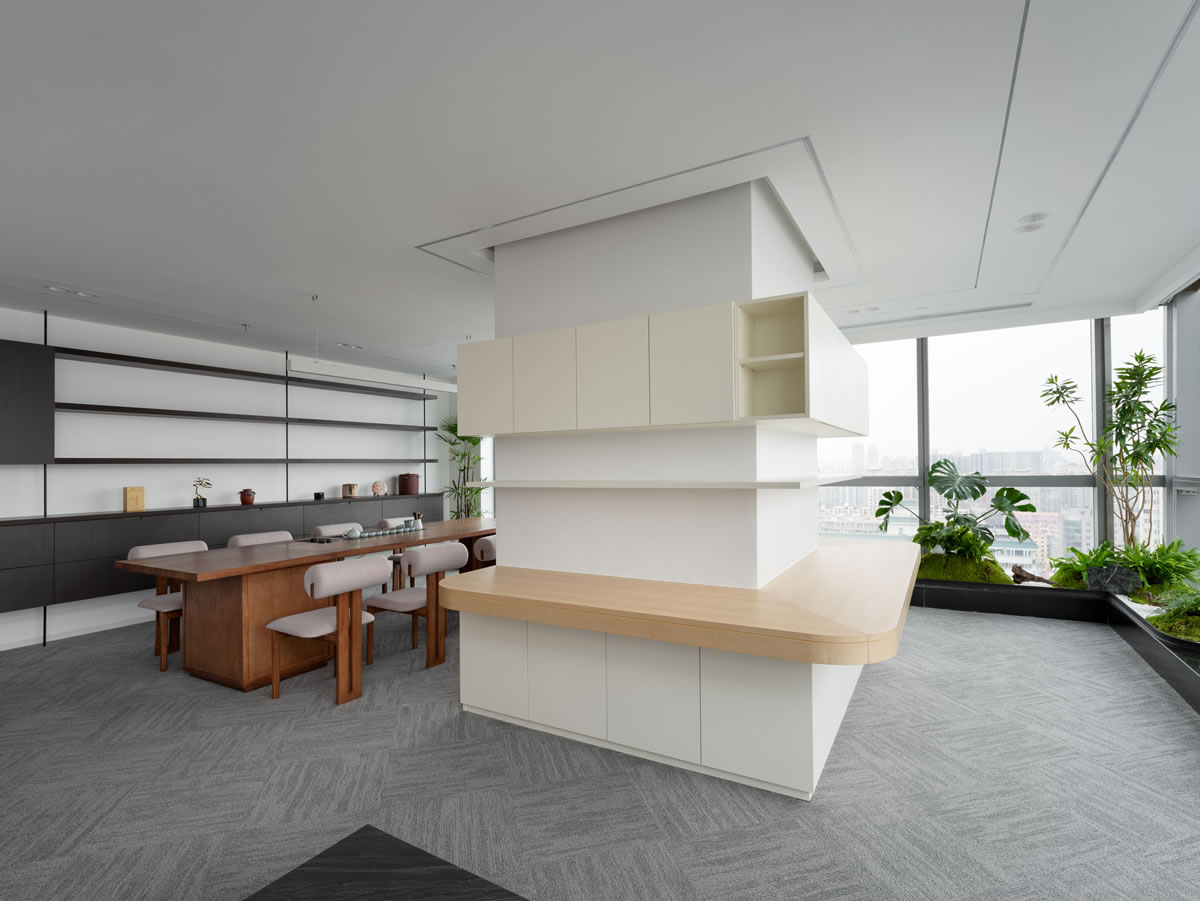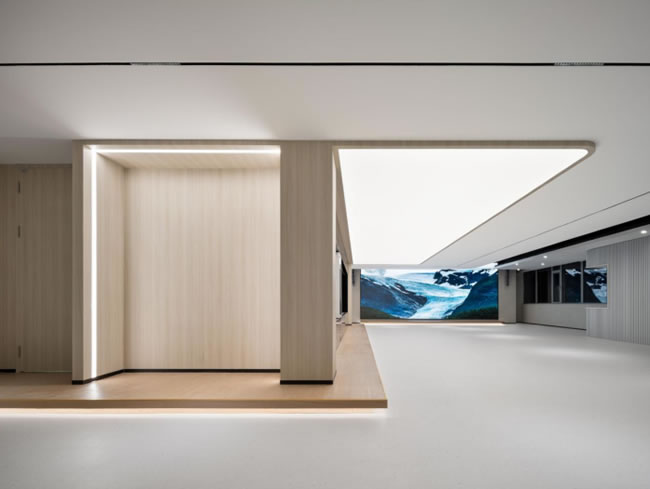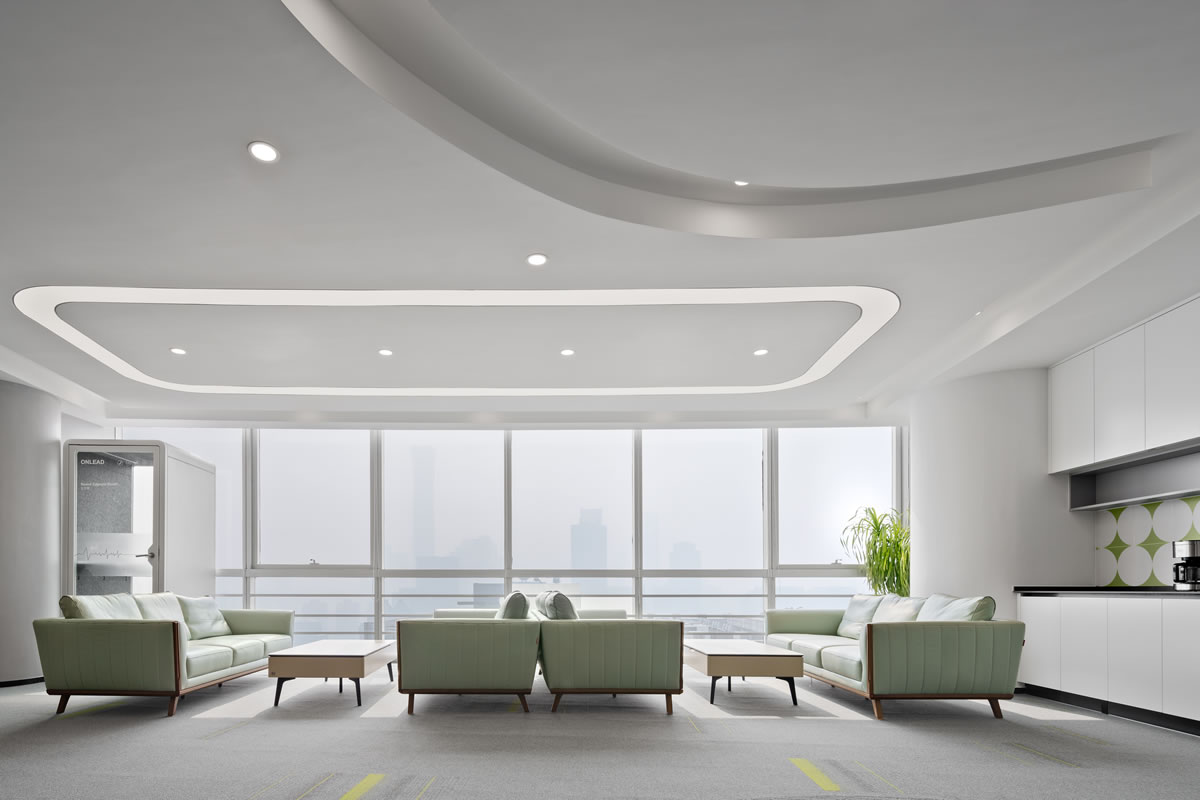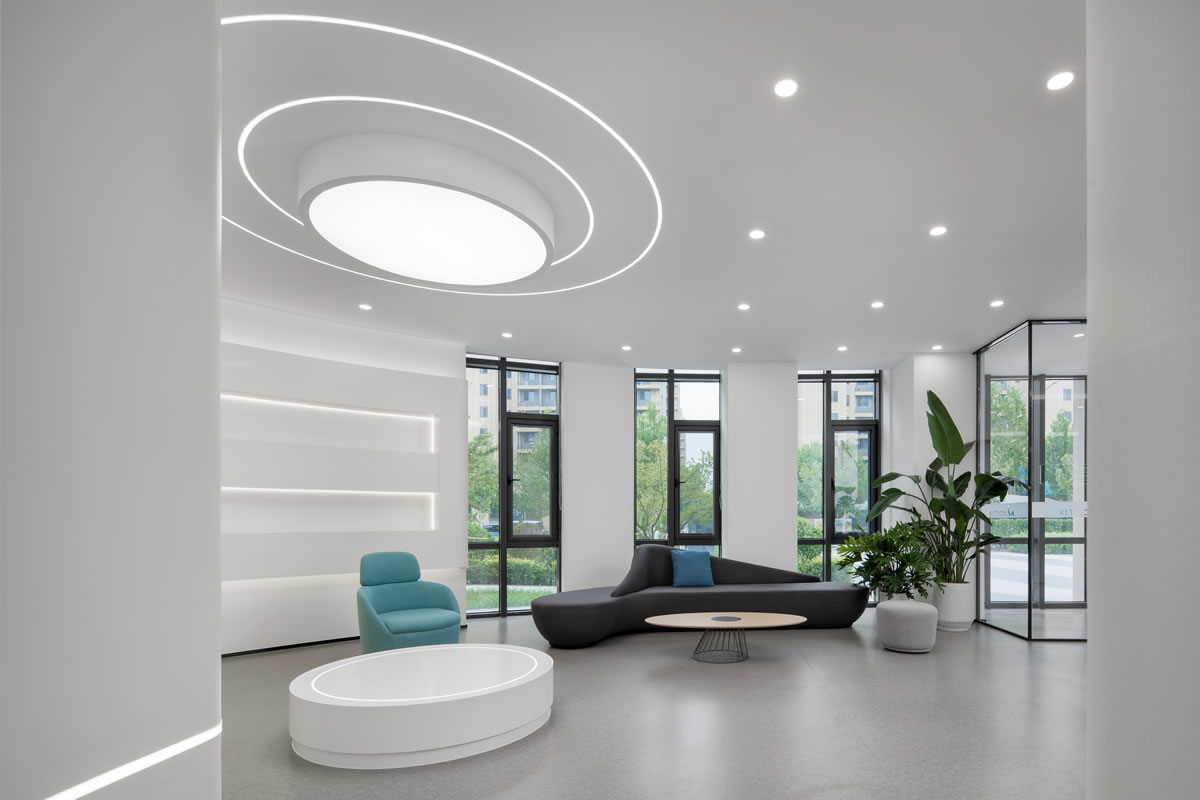
COPYRIGHT © GLEAM SPACES
POWER BY:MINGTU
The hybrid office model is quietly changing our way of working, and the office is increasingly becoming a "base" for meetings and informal communication. This transformation is driving the evolution of office space, with several major types of spaces taking the lead.
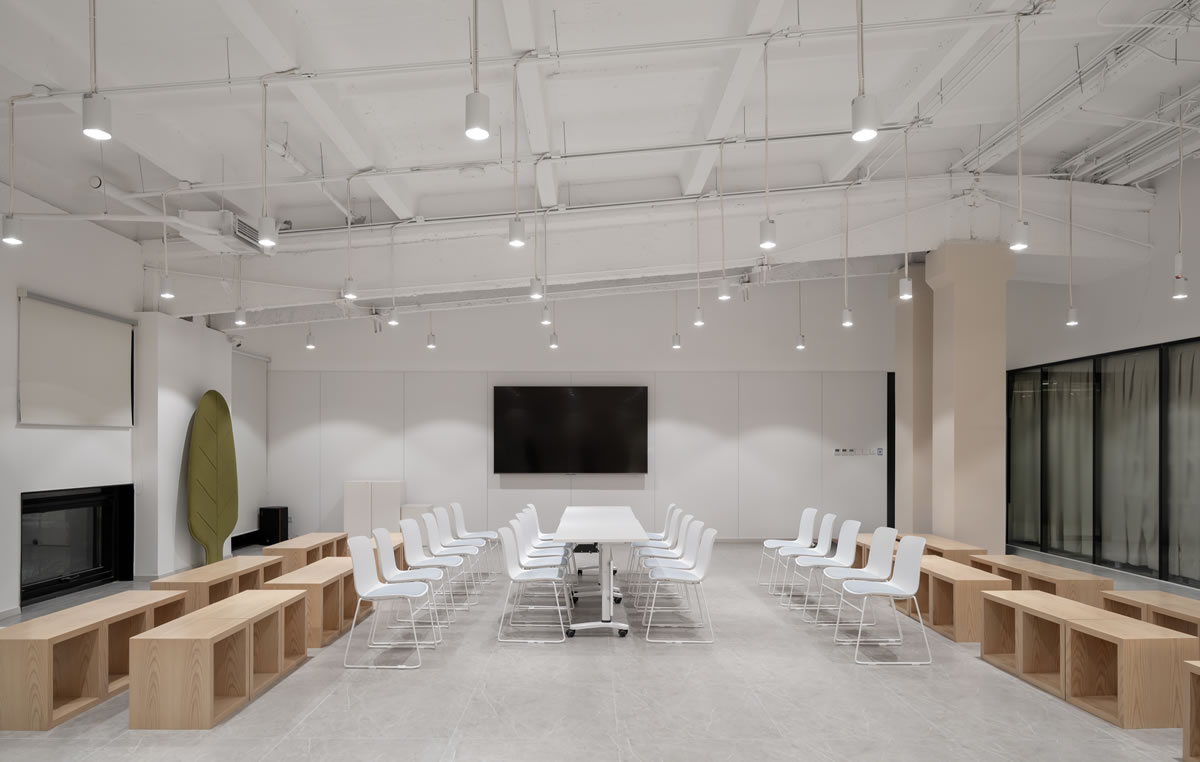 Research shows that 90% of organizations have embraced hybrid work, with nearly half of employees coming to the office no more than once a week. But executives also admit that the team dispersion brought about by hybrid work has indeed hindered organizational performance in some aspects. 70% of companies believe that remote work has reduced employees' sense of belonging to the team, while 52% of companies believe it has affected the flow of information within and outside the team.
Research shows that 90% of organizations have embraced hybrid work, with nearly half of employees coming to the office no more than once a week. But executives also admit that the team dispersion brought about by hybrid work has indeed hindered organizational performance in some aspects. 70% of companies believe that remote work has reduced employees' sense of belonging to the team, while 52% of companies believe it has affected the flow of information within and outside the team.
Faced with these challenges, companies are not idle. They adjusted their work mode, organized regular meetings and office activities, and encouraged everyone to visit the office more often. At the same time, the office space has also been reconfigured to make interaction and informal communication smoother. The traditional types of office spaces are also undergoing transformation to adapt to the constantly changing demands.
Conference Room
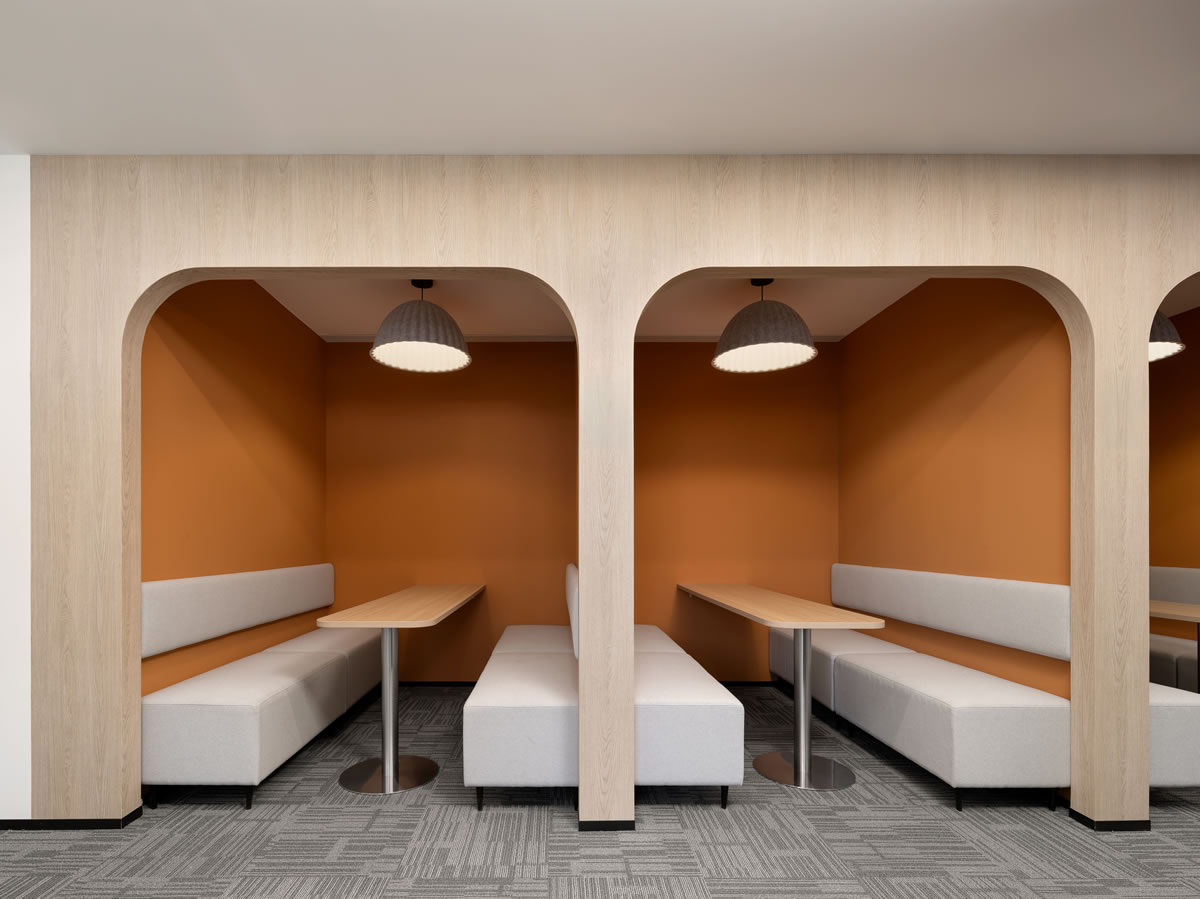
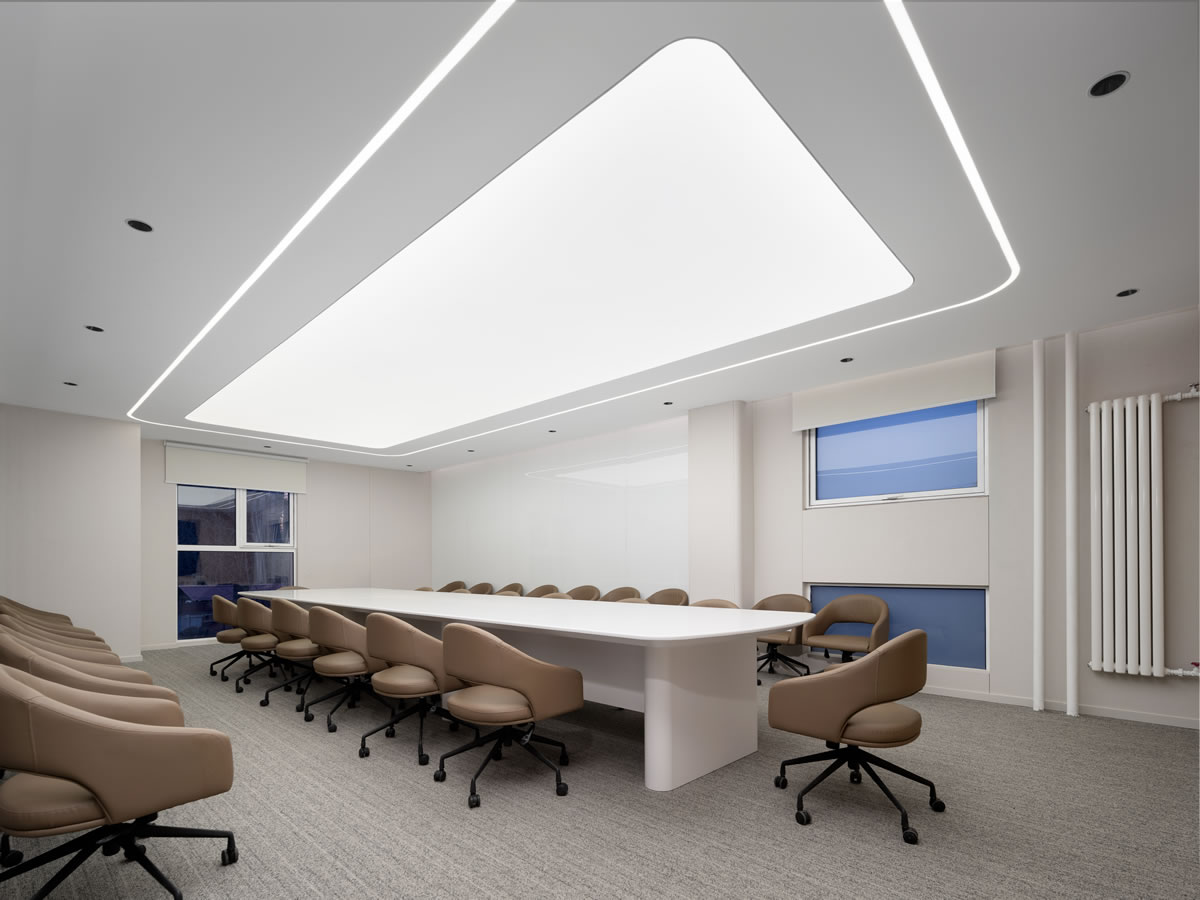
The 'old face' of this office is also undergoing changes. Previously, a 4-person conference room was a standard configuration, but now, with the popularity of hybrid work, 2-person small compartments and large conference rooms for 10-16 people have become new favorites. Why is that? Because nowadays 4-person meetings often involve a mix of online and offline activities, remote connections between 1-2 people have become the norm. The large conference room, on the other hand, is a must-have for the team's "collaboration day" at least once a week, where everyone gathers together for meetings and exchanges, resulting in high efficiency.
welcome area
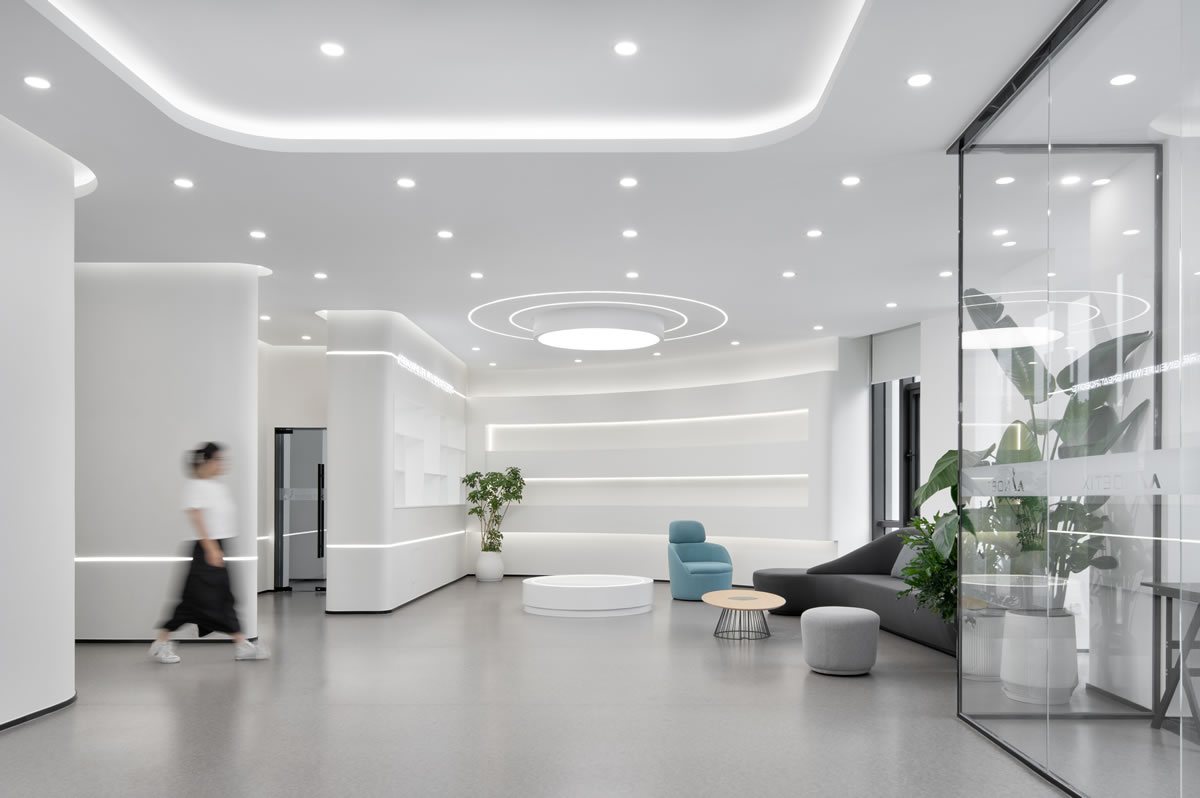
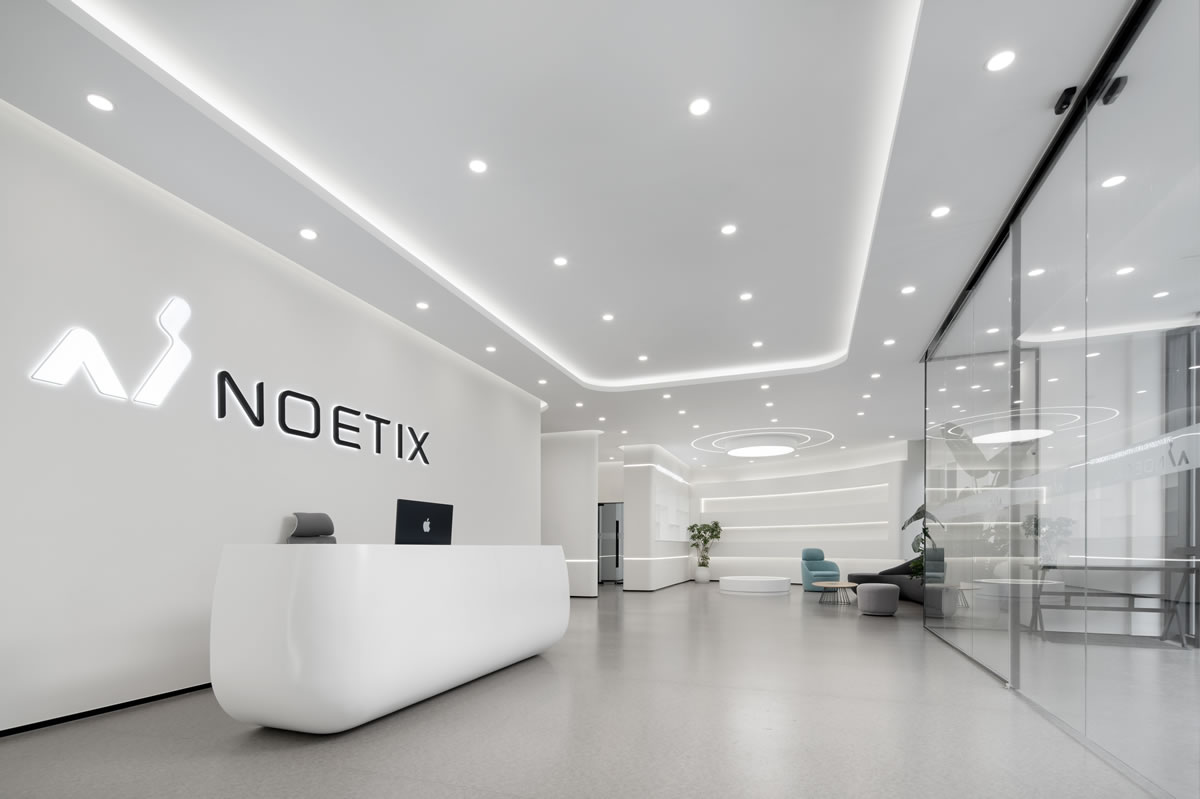
This used to be a place for receiving guests, but now it's different. The reception area of the small office has transformed into an attractive welcoming area. In addition to its reception function, it is also the center of office activities, such as impromptu meetings, coffee chats, and anything else. So, these areas are usually equipped with small coffee shops, soft furnishings, and low tables, allowing everyone to sit down and chat enthusiastically. Even visitors or employees can find a place to work here.
canteenregion
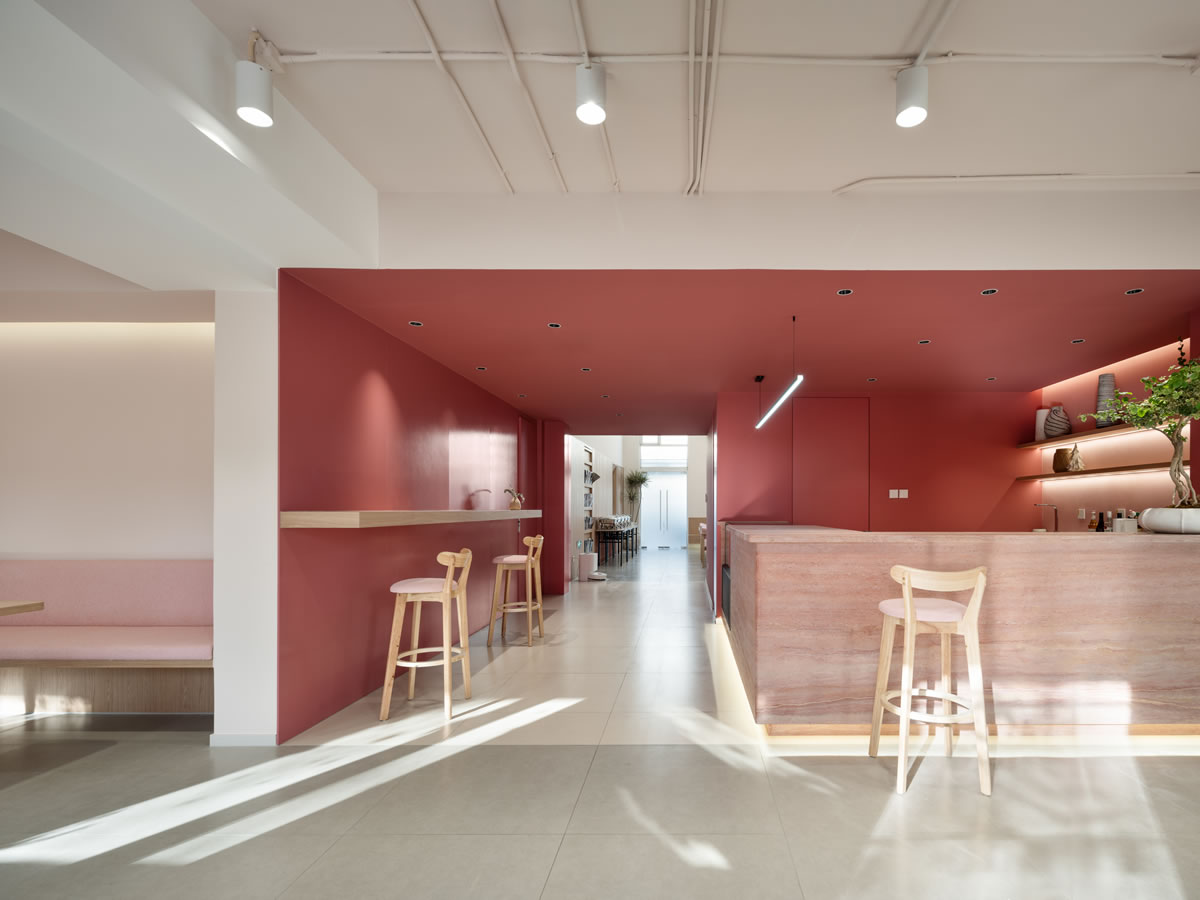
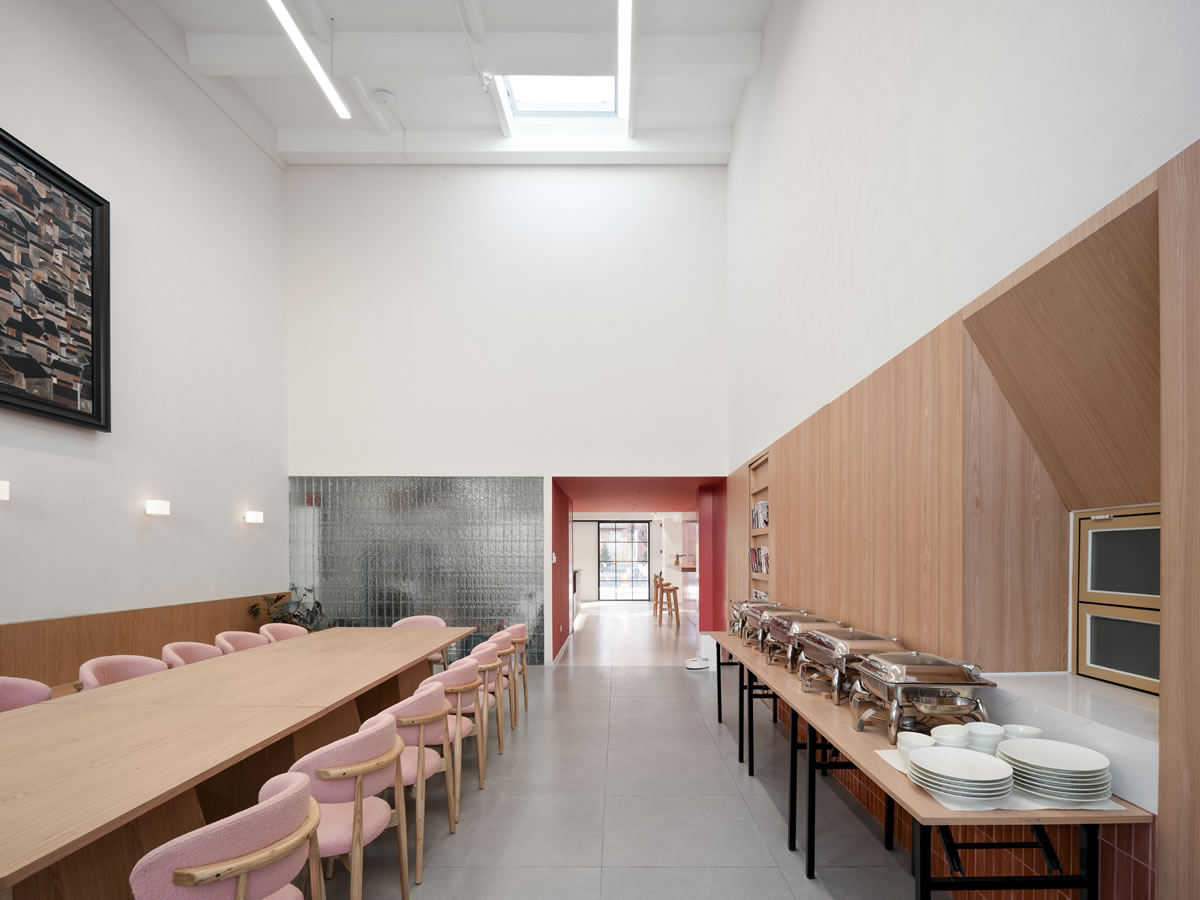
The cafeteria is no longer the small room hidden in the corner of the building. Now, it has become a beautiful and multifunctional area. In daily work, it is a good place for canteens and informal meetings; When there is an event or celebration, as soon as the folding wall is opened, it immediately transforms into an event venue.
Multi functional area
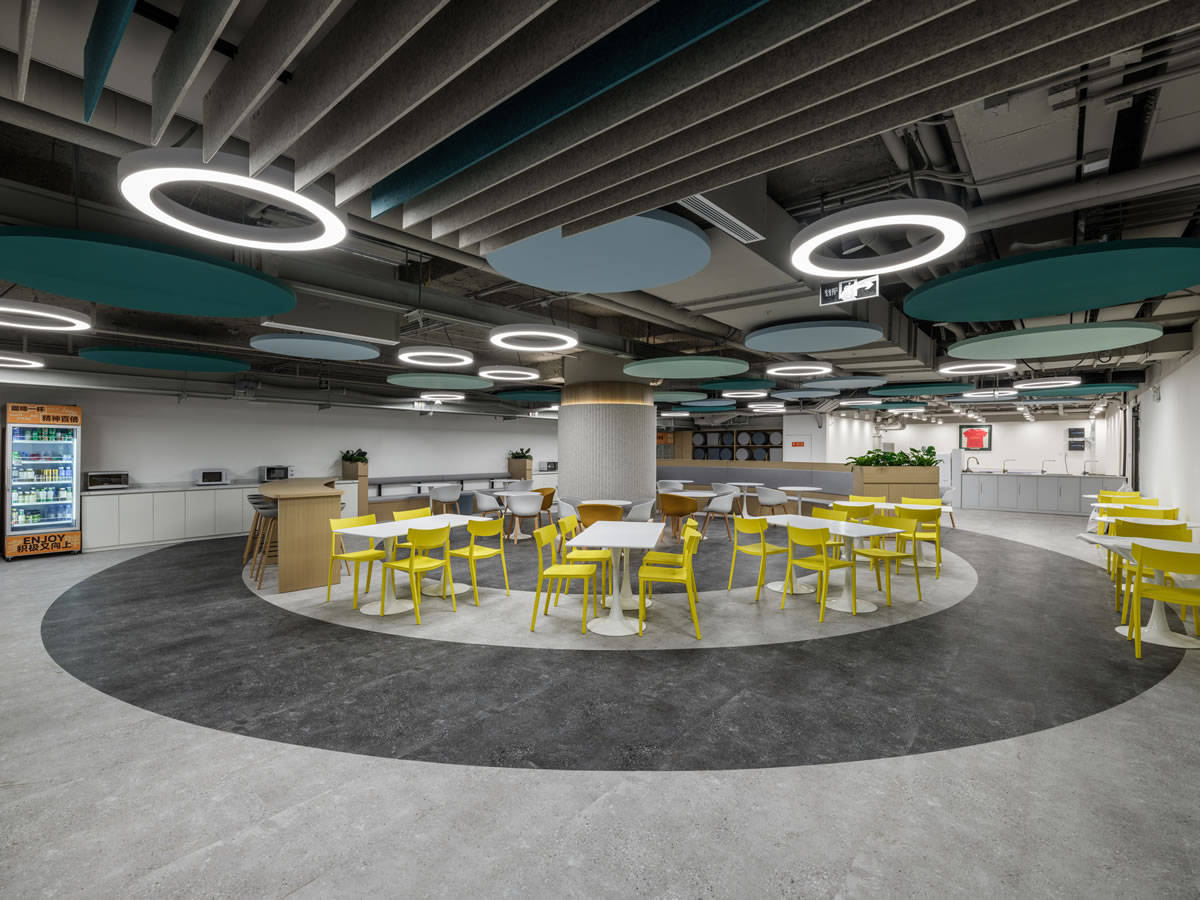
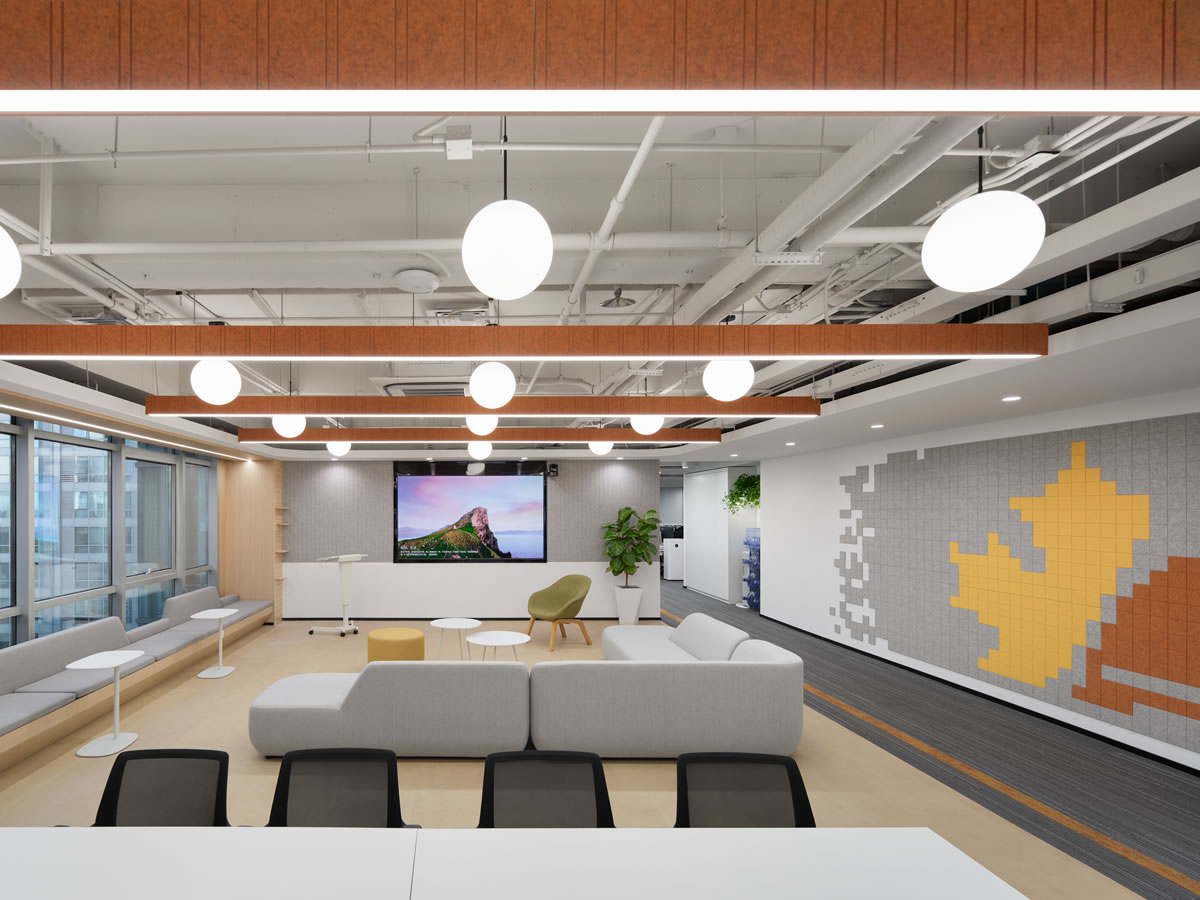
The biggest feature of this area is its flexibility and versatility, allowing for layout adjustments based on meeting needs. In a relaxed atmosphere, engage in lively discussions, brainstorming sessions, and seminars, and do whatever you want. So, when designing, both AV technology and furniture that can be easily rearranged should be taken into consideration, after all, multifunctionality is its soul.
The evolution of office space is influenced by various factors. But the changes mentioned here are not just temporary trends, but deeply rooted in the era of widespread popularity of hybrid office, which is a profound change in the way offices are used. So, when planning office space, you need to carefully consider what key goals and needs your work environment needs to meet. Only in this way can you create a space that is unforgettable.
